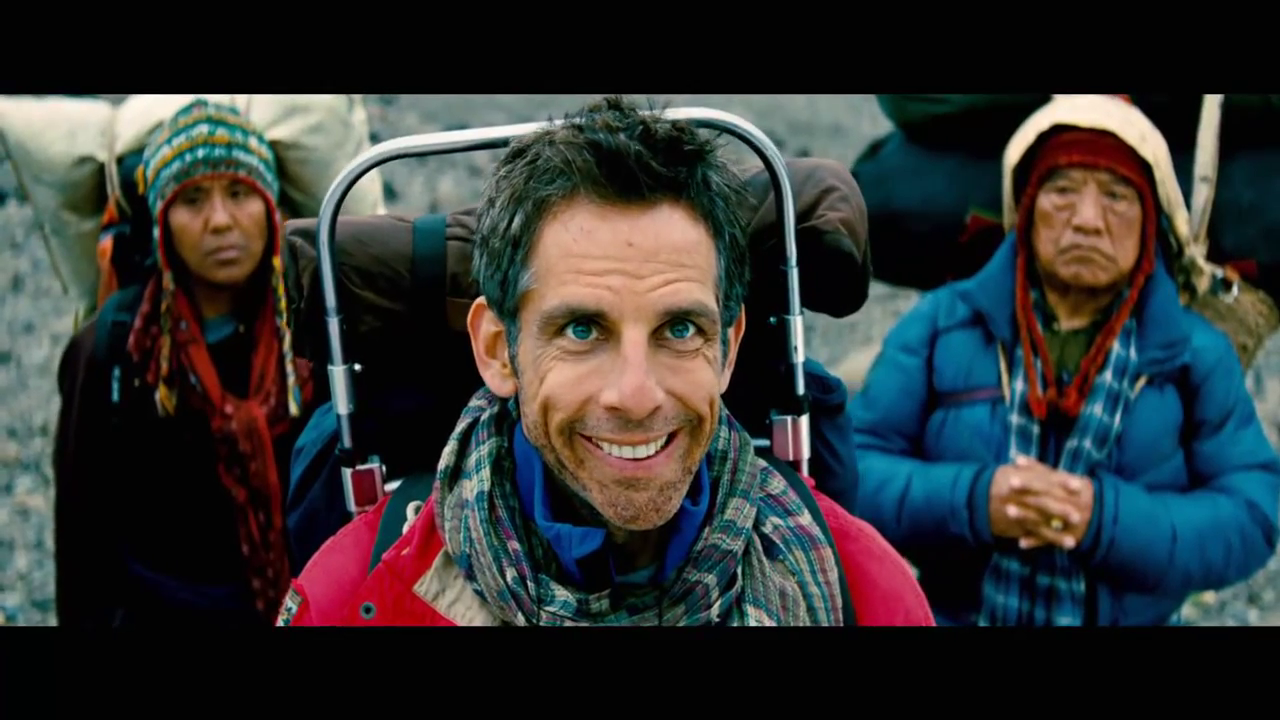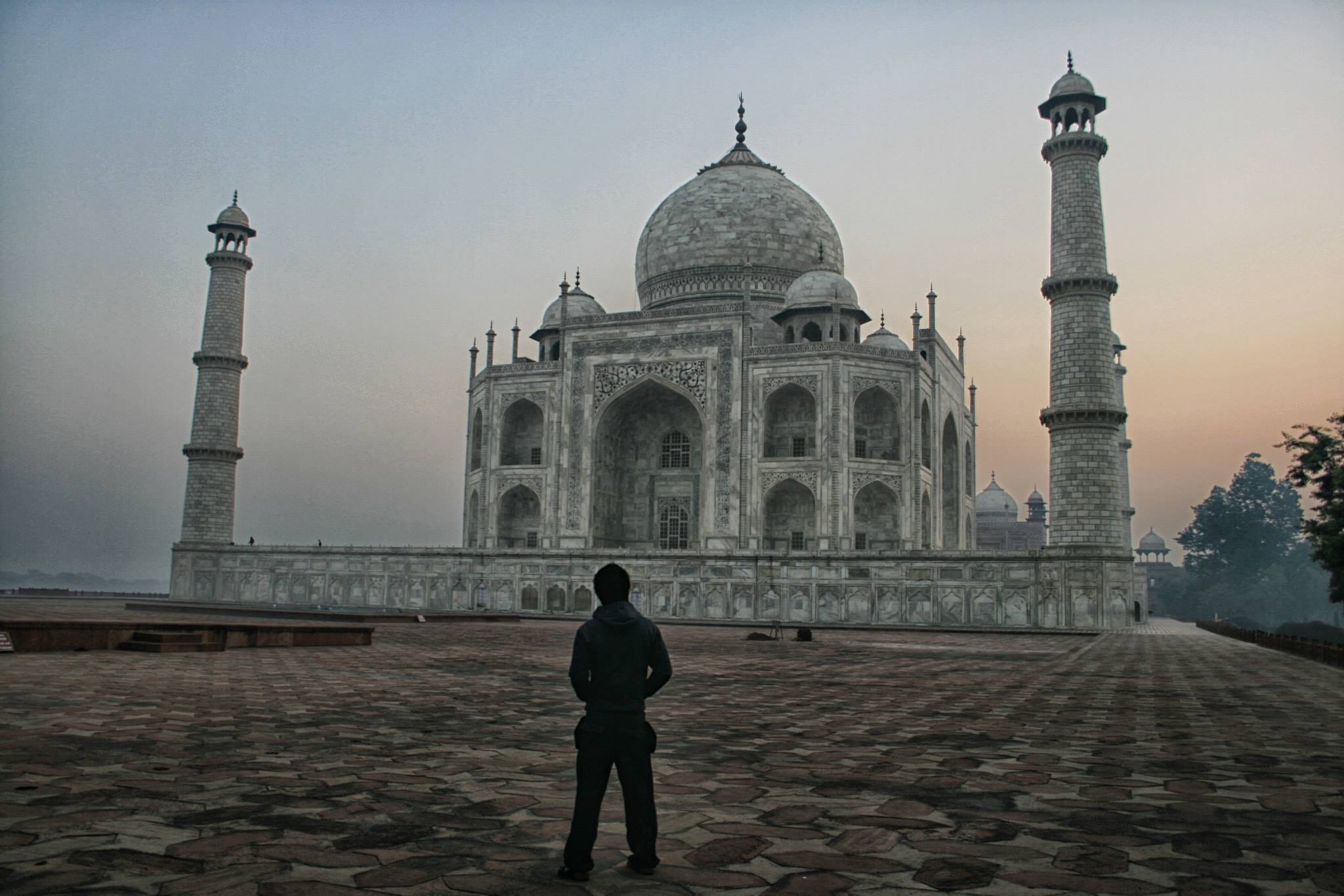SHERPA is a gripping exploration of the strained relationship between foreign climbers and Sherpas told through the eyes of Phurba Tashi Sherpa as he prepares for the 2014 Everest climbing season.
Mt Everest, situated 8,848 metres above sea level in the Himalayas – the highest point on earth. Climbers from all over the world pay up to $75,000 for the privilege of reaching Everest’s summit in order to achieve their dreams and test their limits. However, in order to do so they need the expertise of the Sherpas who facilitate their trip both up and down the mountain. A very risky endeavour.
As the film unfolds, we are introduced to Phurba’s family and welcomed into his home where we begin to understand the dilemma him and his fellow Sherpas face each year. Should they risk their lives assisting foreign climbers to the summit for a wage that would see their families through the rest of the year, or sit it out and struggle financially?
Within the Sherpa community Everest, or Chomolungma as the mountain is fondly known, holds great religious significance. To step on the head of ‘Mother Goddess of the Earth’ is not seen as heroic but a blasphemous act with terrible repercussions. Despite the risks, Phurba decides to continue, as the whole village would benefit from climbers reaching the summit.
Once at base camp the amount of work that goes into keeping the climbers comfortable becomes apparent. The Sherpas put up tents, offer cups of tea and hot face towels in the morning, hook up flat screen tvs, put together the portable toilets not to mention making sure there is enough oxygen and food to last the trip.
The most dangerous part of the job is transporting all of these essential and non-essential items up across the most treacherous section of the climb, the Khumbu icefall. Unbeknownst to the climbers, who acclimatise to the altitude on the nearby Lobouche peak, Sherpas risk their lives crossing the Khumbu icefall over 30 times at night to ensure the camp has everything a person would need to ensure comfortable arrival at the summit. Compare this to the two-time journey the climbers make and you can understand how one might lose sight of how important the Sherpa’s role is, thus causing friction between the two groups.
As the film really starts to delve deeper, tragedy strikes, providing a sombre reminder of the disproportionate risks each of the Sherpas face each time they agree to work the season. Suddenly the documentary is thrown into guerrilla mode as the filmmakers attempt to capture as much of the events that followed. Here we are shown the rescue effort, the various rituals performed for the dead and the way in which grief quickly turns to anger as Sherpas demand closure of the season.
The stoic mysticism of Everest is captured beautifully in this realistic, well-balanced and poignant film. A real triumph in the world of documentary filmmaking.











